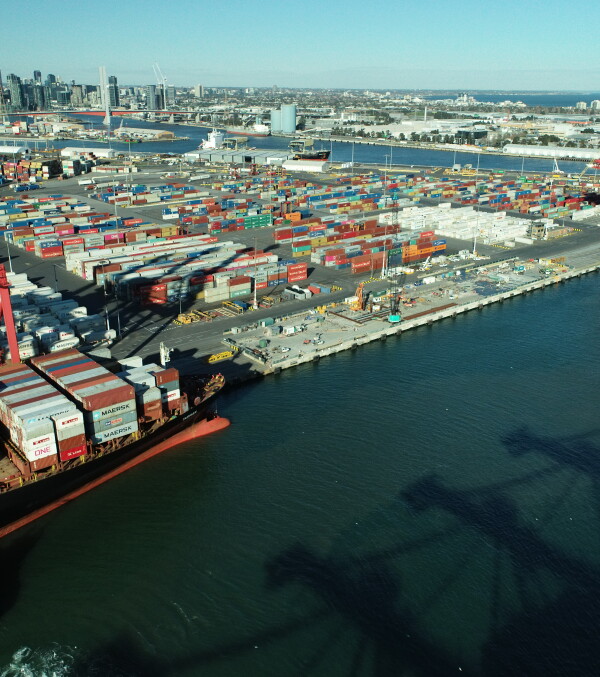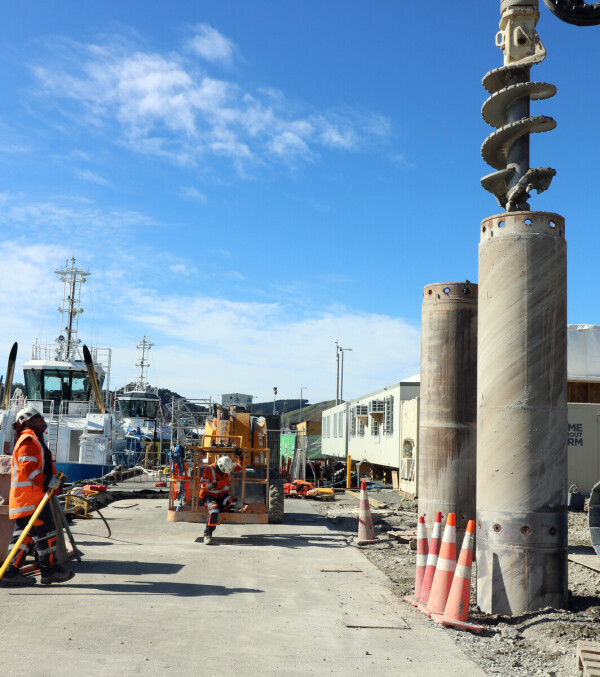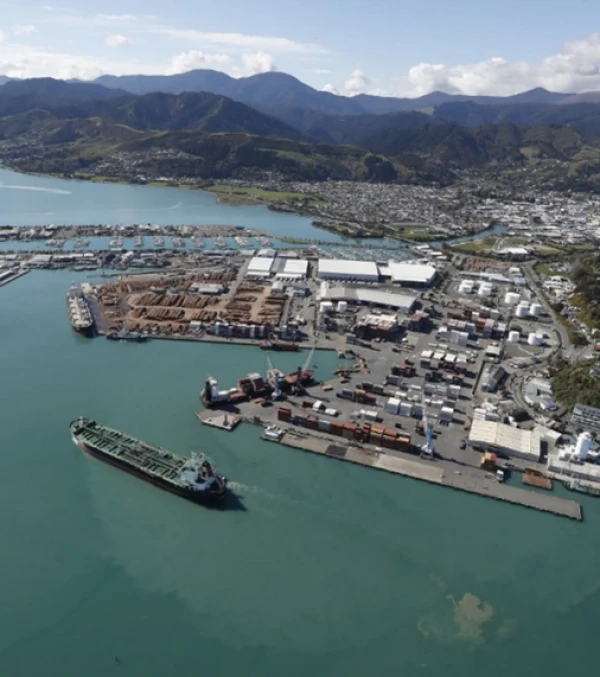|
Customer: Samoa Tuna Processors Inc Contract Type: Early Contractor Involvement Location: Pago Pago, American Samoa
|
Fast Facts
|
We designed and constructed a new ocean wharf, seawall, and concrete and asphalt hardstands, to improve access and operations at this 70 year old tuna canning facility in American Samoa.
Our scope consisted of the design of all works, reclamation of just over 5,000 m2 of the foreshore, construction of a 125 m long new rock seawall and natural rock revetments, drainage works, pavement construction, and dredging of the seabed around the wharf to enable the fishing fleet access.
Working in a marine environment is naturally challenging, as was the fact that the works were undertaken at a fully operational port. Working in the Pacific also meant that the construction programme was influenced by the weather, with asphalt and concrete pavements laid in between rain showers.
Adding to those challenges, was the refurbishment of the main processing plant by others, requiring our project team to work in a very constrained project environment.
The steelwork, including the piles for the project, were imported from Asia and the piling equipment was mobilised from New Zealand, presenting logistical challenges.
We constructed the 35 m long and 8 m wide concrete wharf on deep piled steel foundations. We designed and installed a natural rock finger jetty in order to provide a platform from which to drive twelve, 20 m long, 600 mm diameter steel piles. The rock finger jetty was removed and a tremie concrete placement method was used to place the concrete under water. The precast deck was installed on an ongoing basis and the last planks were installed once the seawall was completed underneath the wharf, with the topping pours completed afterwards. Dredging of the seabed around the wharf used a clamshell bucket on a 90 tonne crawler crane.
Every effort was made to minimise inconvenience to others working in the project area and to ensure that this potentially disruptive project was delivered with minimal negative impact for our customer. This project demonstrated our multidiscipline capability to ensure that projects are delivered on time and to budget.






